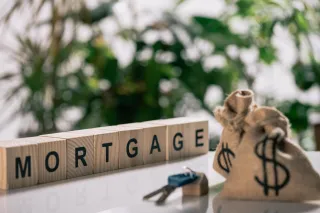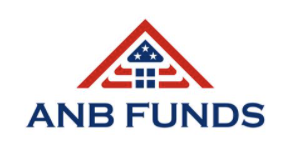The Note Learning Center

What Is Title Insurance
If you’re considering investing in real estate or you have and are tired of dealing with tenants, toilets, and turnover you might want to read this. We’ll gladly send you a full copy of the book if yo... ...more
ANB
July 31, 2023•3 min read

Understanding Mortgage Notes
If you’re considering investing in real estate or you have and are tired of dealing with tenants, toilets, and turnover you might want to read this. We’ll gladly send you a full copy of the book if yo... ...more
ANB
July 31, 2023•4 min read

A Financial Comparison of Rentals vs Notes
Real estate offers investors many ways to make money. Investors seek real estate investments as an alternative to stocks and bonds to diversify the assets in their portfolios, thereby reducing overall... ...more
Note seller
January 28, 2023•5 min read

Tired of Being a Landlord?
We get lots of calls from people asking about the advantages of investing in mortgage notes. Most of those calls come from landlords who own one or more rental properties, and they share a common dile... ...more
Note seller
January 28, 2023•4 min read

Invest in ANB Funds
Many people think of a mortgage as a vehicle for buying a home and may not realize the extraordinary investment potential in buying mortgage notes. ...more
Note seller
January 28, 2023•3 min read

Diversifying Your Investment Portfolio
Many people think of a mortgage as a vehicle for buying a home and may not realize the extraordinary investment potential in buying mortgage notes. Investing in mortgage notes is a SIMPLE, secure way ... ...more
ANB
January 16, 2023•3 min read
About Us
ANB Funds invests in mortgage notes and is the managing entity for multiple investment pools. By primarily investing in seasoned, first position, performing residential loans, the fund offers investors consistent, low risk returns.
The notes are individually underwritten and are purchased directly from the originators or in pools. The principals of ANB Funds have been involved in lending over $8 Billion on commercial properties, invested in senior’s facilities, and bought mortgages and other properties nationwide. The company has offices in Indianapolis, Indiana and Petaluma, California.
Copyright @ ANB 2023 All Rights Reserved




